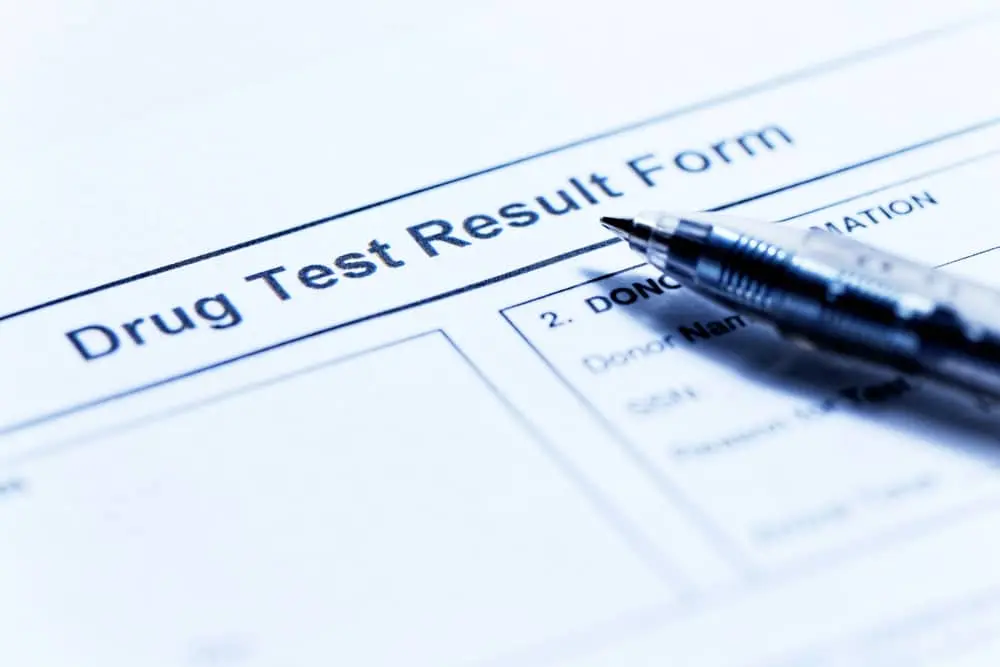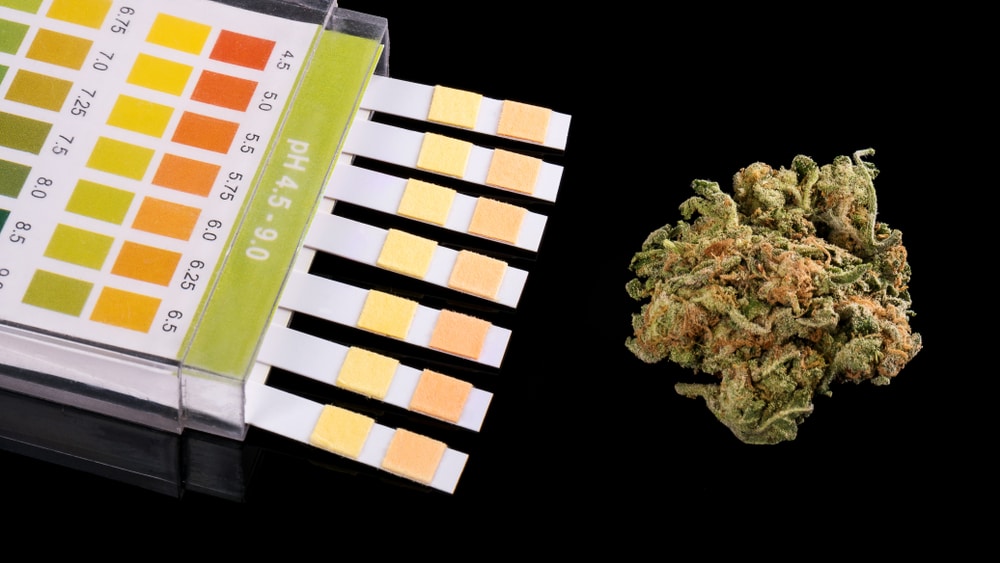

Drug screening is a common practice employers, schools, and other organizations use to ensure people are not using illegal drugs or misusing prescription medications. It may also be used to detect the presence of performance-enhancing drugs, like steroids, in the case of sports.
There are many types of drug tests based on the biological sample they use and the types of drugs they detect. These include urine, blood, breath, sweat, saliva, and hair follicle drug test. But unlike all other tests, hair drug test provides information on substance abuse over time.
A hair follicle drug test analyzes a small sample of hair to detect the presence of drugs in the system. That's because a strand of hair serves as a timeline of one's substance intake history. You might have used marijuana weeks ago, which would be detected through a hair drug test.
The reason is that when you use drugs, the body metabolizes and circulates them in the bloodstream. As blood flows to the hair follicles, drug metabolites are deposited into the growing hair shafts. These drug metabolites remain in the hair as it grows, creating a record of drug use over time.
Hair drug tests can detect drug use up to 90 days before the test, but they can have a detection time of up to 12 months for slower-growing hair. This means that if you have used drugs in the past three months (sometimes more), the drug metabolites will be present in your hair sample.

Hair drug tests are typically used when there is a need for a highly sensitive and accurate method of detecting drug use. Here are some common situations where a hair drug test may be required:
Trying to cheat or manipulate a hair drug test can have serious consequences, including loss of employment, legal and financial penalties, and damage to your reputation. The best way to pass a hair drug test is to abstain from drug use and maintain sobriety. Here are some ways people try to cheat on the test.
The most reliable way to pass a hair follicle drug test is to abstain from drug use altogether. However, if you have used drugs in the past and are concerned about passing a hair drug test, there are a few things you can try:
The hair drug test can only detect drug use within the last 90 days, so if you have been clean for longer than that, your test results should be negative.
There are shampoos available that claim to remove drug metabolites from the hair. While these products may help remove some residue on the hair's surface, they are unlikely to penetrate deep into the hair shaft, where drug metabolites accumulate. Additionally, many of these shampoos can cause hair damage or scalp irritation.
Some hair salons offer hair treatments that claim to remove drug metabolites from the hair. These treatments may involve a combination of deep cleansing shampoos, conditioners, and scalp treatments. However, there is no scientific evidence to support the effectiveness of these treatments.
Some people suggest using natural remedies, such as vinegar or baking soda, to remove drug metabolites from the hair. However, no scientific evidence supports the effectiveness of these remedies.

You can get a hair drug test at different places depending on the purpose. For example, if you need a hair drug test for employment or legal purposes, you may be required to take the test at a designated testing facility chosen by your employer or the legal authorities. These testing facilities may include specialized drug testing centers, clinics, or laboratories.
If you need a hair drug test for personal reasons, such as monitoring your drug use or testing a family member, you can purchase at-home hair drug testing kits from online retailers or some drug stores.
Some medical facilities may also offer hair drug testing as part of their diagnostic services, particularly if drug use is suspected as a possible cause of a medical condition.
Hair drug tests are more expensive than urine, saliva, or blood tests. According to Healthline, drug tests performed in a lab or hospital may cost between $100 and $125, while an at-home hair drug test kit costs between $64.95 and $85. The cost variation is due to various factors, including the type of hair drug test ordered, where the sample is collected, and who's covering the costs.
Hair drug tests are highly accurate and reliable, with a detection window of up to 90 days. They are considered one of the most reliable drug testing methods, as they can detect drug use that occurred several months ago.
The hair drug test accuracy is attributed to the fact that drug metabolites are incorporated into the hair shaft as it grows and remain there, making it difficult to tamper with or cheat the test. However, false positives can occur if the person being tested has been exposed to drugs passively or if the samples have been mixed up. Generally, hair drug tests are considered very accurate and widely used in drug testing programs.
Failing a hair follicle drug test can have significant consequences, particularly in professional, legal, or personal contexts. In professional settings, such as employment or academic institutions, failing a drug test may result in disciplinary actions, including termination of employment, academic probation, or loss of professional licensure. This can have serious implications for one's career or educational opportunities, potentially leading to financial instability and damage to one's reputation.
In legal contexts, such as probation or parole, failing a drug test may lead to legal consequences, such as additional fines, community service, or incarceration. Moreover, failing a drug test can impact personal relationships and social standing, leading to strained relationships with family, friends, or peers. Additionally, repeated failures of drug tests may indicate a continued struggle with substance abuse, highlighting the need for intervention and support to address underlying issues and promote recovery. Therefore, it's crucial for individuals to be aware of the potential consequences of failing a hair follicle drug test and to seek help if they are struggling with substance abuse to mitigate these risks and pursue a healthier path forward.
Passing a hair follicle drug test after recent drug use is unlikely, as this type of test can detect drug use over a longer period compared to other testing methods. Hair follicle drug tests can typically detect drug use within the past 90 days, depending on the length of the hair sample collected. However, factors such as the type of drug used, the frequency of use, and individual variations in hair growth and drug metabolism can affect the accuracy of the test results.
While there are various methods and products marketed as "hair detox" or "hair cleansing"products that claim to help individuals pass a hair follicle drug test, their effectiveness is often disputed, and there is limited scientific evidence to support their claims. It's essential to approach such products with caution and consult with a healthcare professional or addiction specialist for guidance on appropriate strategies for addressing substance use concerns.Ultimately, the best way to pass a hair follicle drug test is to abstain from drug use for the detection window of the test and seek support for any substance use issues to promote long-term recovery and well-being.
Methods for passing a hair follicle drug test, such as using detox shampoos or home remedies, are generally considered unreliable and may not guarantee accurate results. While some individuals may claim success with these methods, their effectiveness is often anecdotal and lacks scientific validation. Hair follicle drug tests are designed to detect drug use over a longer period, typically up to 90 days, and are more difficult to manipulate compared to other types of drug tests.
Detox shampoos and similar products marketed as "hair detox" or "hair cleansing" treatments may claim to remove drug metabolites from the hair or mask their presence, but there is limited scientific evidence to support their efficacy. Additionally, some methods for passing hair follicle drug tests may involve potentially harmful practices or substances that could pose health risks. Therefore, it's crucial to approach these methods with caution and prioritize strategies that promote genuine sobriety and well-being, such as seeking professional support for substance use concerns and adopting healthier lifestyle choices. Ultimately, the reliability of methods for passing a hair follicle drug test is uncertain, and individuals should carefully consider their options and seek guidance from healthcare professionals or addiction specialists when addressing substance use issues.
A hair follicle drug test can detect a wide range of substances, including marijuana (THC),cocaine, heroin (opiates), amphetamines (including methamphetamine), phencyclidine (PCP), benzodiazepines (such as Xanax or Valium), ecstasy (MDMA), prescription medications (such as opioids, benzodiazepines, and stimulants), synthetic drugs (such as synthetic cannabinoids or designer drugs), and alcohol (though less commonly tested through hair follicle testing). These substances can be detected in the hair follicle test depending on the specific panel ordered by the testing facility. The detection window for each substance varies but typically ranges from a few days to several months, depending on factors such as the length of the hair sample and the rate of hair growth. It's important to note that hair follicle drug tests are designed to provide a longer detection window compared to other types of drug tests, making them more suitable for detecting historical drug use rather than recent ingestion.